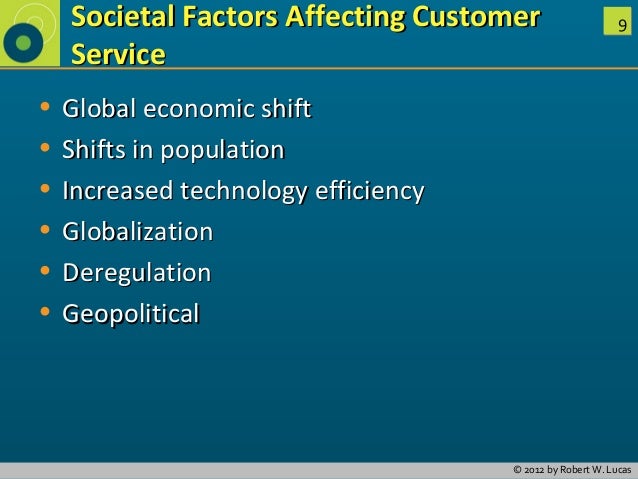The distinction of the most recent demographic cohorts have gotten a bit fuzzy due to the influence of technology and the proportion of children growing up immersed in the online world or that have an intuition towards it. In terms of chronological order, Millennials precede Generation Z, which is sometimes termed the post-Millennial Generation. However, despite this distinction, the years that encompass the Millennial cohort are vague, and Generation Z doesn’t seem to have fully ended yet.
Continue reading...
Continue reading...
If we’re to comment on the difference between how Gen Z and Millennials treat customer service, we should keep in mind how such differences may arise simply due to developmental maturity. It’s glaringly obvious that the average teenager or pre-teen in Generation Z experiences and treats customer service representatives very differently than the young adults of the Millennial generation.
Besides age, the average degree of technological intuition and familiarity, as well as the economic circumstances (i.e. the Great Recession’s impact on Generation Z) factors unique to these two generations.
Just how much variation in the treatment of customer service can be attributed to the simple age gap between these two generations and how much can be pinned on unique generational differences? Let’s investigate.
Defining the Generations
If we ignore the controversy surrounding the definition of these two most recent generations based on sections of time, the other parts of these definitions seem to focus on the preferences and behavioral inclinations of individuals. For all intents and purposes, the Millennial Generation begins at around 1980 to 1990 and overlaps with Generation Z around the late 1990s.
If we ignore the controversy surrounding the definition of these two most recent generations based on sections of time, the other parts of these definitions seem to focus on the preferences and behavioral inclinations of individuals. For all intents and purposes, the Millennial Generation begins at around 1980 to 1990 and overlaps with Generation Z around the late 1990s.
If we focus solely on similarities, we find a number of expected traits such as technological fluency or intuition and the importance of “making a difference” in the world. In fact, due to the incomplete nature of Generation Z and the relationship that both these generations share regarding the time they’ve spent growing up alongside technology really seems to imply that they are more similar than different in behavior and attitudes.
Point of Difference: Expectations of Technology
However, delving deeper into the issue, we find that despite the close proximity and overlap shared between these generations as well as their experience with technology as part of their lives, the fact that Generation Z has never known a time where technology was lacking or in its nascent stages translates into higher expectations on their end.
Referencing the points from BusinessInsider article above, we note that the theme that they mention has to do with the idea that Generation Z prefers a different sort of frugality and expects a different, higher standard from technology than Millennials. The article points out the fact that Generation Z seems more keen on the technical aspects of delivery rather than Millennials, evidenced by how they spend less time shopping online, or how they seldom go to stores to buy products, but rather visit the physical location to “solve problems” they cannot solve online.
However, there are a number of caveats to this article’s conclusions. For instance, one of the headlines reads “Teens hate feeling like they’re disrespected and when things don’t work. Millennials don’t get as angry when things break.”Arguably, this difference seems better explained by the impulsivity and lack of patience that are characteristic of teens and the calmness that comes with maturity than any generational influence. The fact that Millennials care more about bargains might also be related to the fact most Millennials are now responsible for their own finances and aren’t dependents of their parents anymore.
What Does This Mean For Customer Service
If one point sticks out from the set of differences above, it’s the fact that Generation Z has a lower threshold for faulty apps and overall higher expectation for technology. But this level of this difference is hard to define, and most articles regarding the changes towards the perception of customer service focus on servicing Millennial customers.
If one point sticks out from the set of differences above, it’s the fact that Generation Z has a lower threshold for faulty apps and overall higher expectation for technology. But this level of this difference is hard to define, and most articles regarding the changes towards the perception of customer service focus on servicing Millennial customers.
According to this Forbes article, building a superior customer service experience begins with catering the technological expectations, principles, and philosophies that are characteristic of the Millennial generation. For instance, Millennials will consult their phones and the web first even if they’re in a store and there’s a paid assistant to guide them because the Millennial Generation prizes efficiency through technology. This seems to echo the point made by the BusinessInsider article for Generation Z. Given this similarity, Generation Z appears to be an addendum in terms of its expectations and viewpoints of customer service, bundled together with Millennials.
The key point here is that the distinction between Millennial and Generation Z’s treatment of customer service are negligible. The overall picture that’s more important to customer service in terms a shift in the attitudes and place of a customer service representative may as well be characterized just through Millennial expectations.
Source: https://customerthink.com/the-difference-in-how-gen-z-and-millennials-treat-customer-service/

No hay comentarios.:
Publicar un comentario